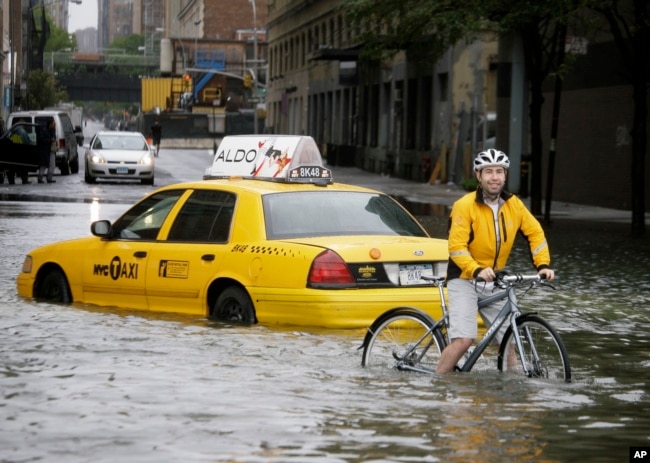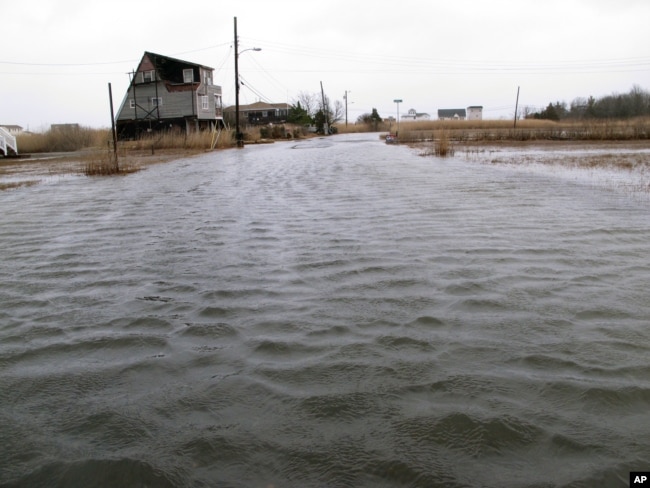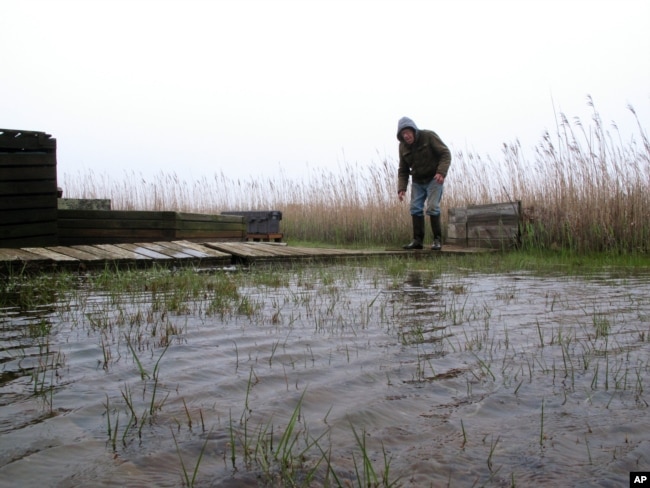So with a 25 inch snow pack and it being 35 yesterday and 45 today we now have widespread flooding, in some area with ice jams there is even more flooding due to the melting snow. We have finally started recieving help from that national guard who were shoveling off school roofs and we are now also getting federal aid to assist with damages from the snow and flooding.
Many schools still have not even started again after winter break do to the big mess, our local district went tuesday but classes were canceled again for tomorrow. I will for sure have to post some pictures of our local Falls here in a month when the mountains start melting. Some snow resorts are not even open due to the amount of snow and now the warm weather. Man you gotta love he weather patterns coming in from the Pacific around Hawaii and we haven't got the Pinapple Express yet!
Many schools still have not even started again after winter break do to the big mess, our local district went tuesday but classes were canceled again for tomorrow. I will for sure have to post some pictures of our local Falls here in a month when the mountains start melting. Some snow resorts are not even open due to the amount of snow and now the warm weather. Man you gotta love he weather patterns coming in from the Pacific around Hawaii and we haven't got the Pinapple Express yet!





